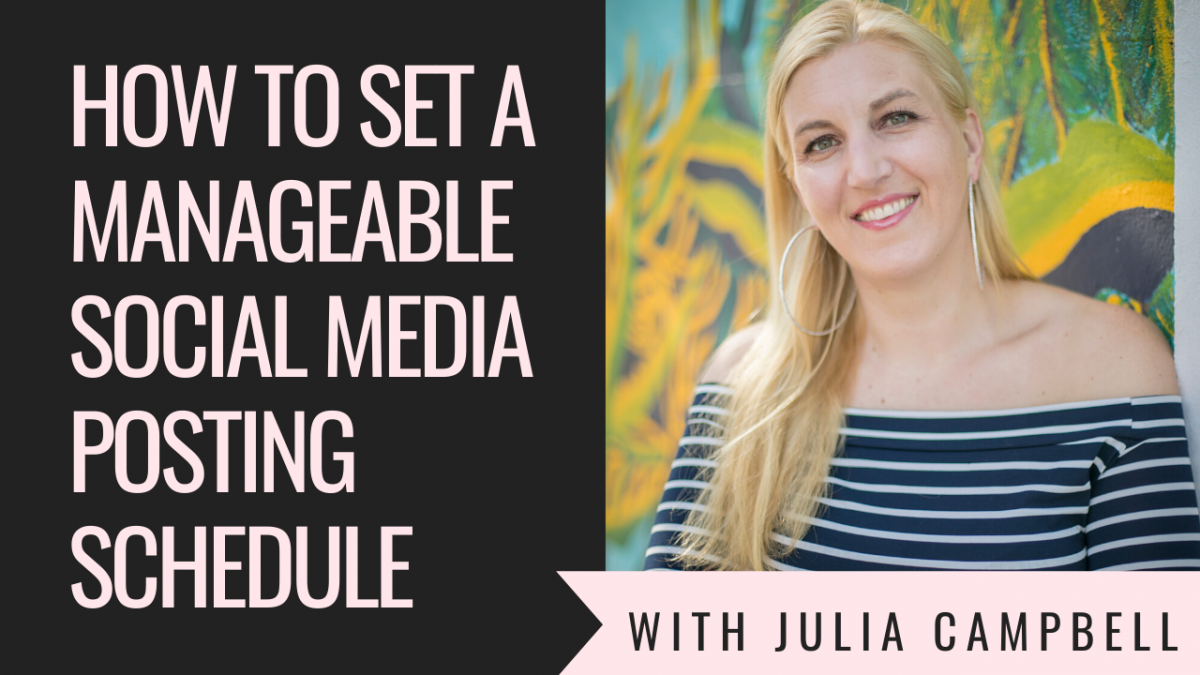As a nonprofit marketer for a small organization, you wear many hats.
Between answering emails, attending meetings, coordinating events, and more, who has time to maintain more than one social media account?
How can you set and maintain a manageable social media posting schedule for your nonprofit?
The hard truth is that getting results on social media is similar to creating a plan to increase your fitness, health, and wellness.
If you remain committed, focused, and strategic in your workouts and your meal plan, you will get better results than just showing up at the gym for an hour a week or substituting a salad once in a while.
How frequently you exercise, how you change your diet, how you structure your day and your habits—that all has a direct affect on your fitness results.
Your expectations of your results need to match the time, effort, and resources that you are able and willing to put in.
Organizations that bake social media into their work and spend targeted time building their communities are going to get better results than organizations that show up once per week and post something half-baked and mediocre (or worse).
One thought you may have is: “Post daily? But what if we annoy our supporters? I certainly don’t want to hear from every organization and business that I follow several times per day.”
I’m here to assure you that for the majority of nonprofits, especially the smallest ones, this fear of “annoying our supporters with too much communication” is misled, due to the nature of social media algorithms and everyone’s extremely busy lives.
The odds are that you will not appear enough to enrage or to annoy your social media followers.
To understand why this is, you need to understand how social media algorithms work.
As an example, every MINUTE on Facebook, users post 510 comments, 293,000 status updates, and 136,000 photos.
An average of 4.75 billion pieces of content are shared daily on the network!
If your Facebook Page fans have been using the site for a number of years, imagine the sheer number of friends, businesses, nonprofits, and other pages and profiles they have connected to in that time.
There is simply no way, even if a person spends 24 hours a day, seven days a week, on social media, that they will be shown every piece of content and every update possible, from all the people and places to which they are connected.
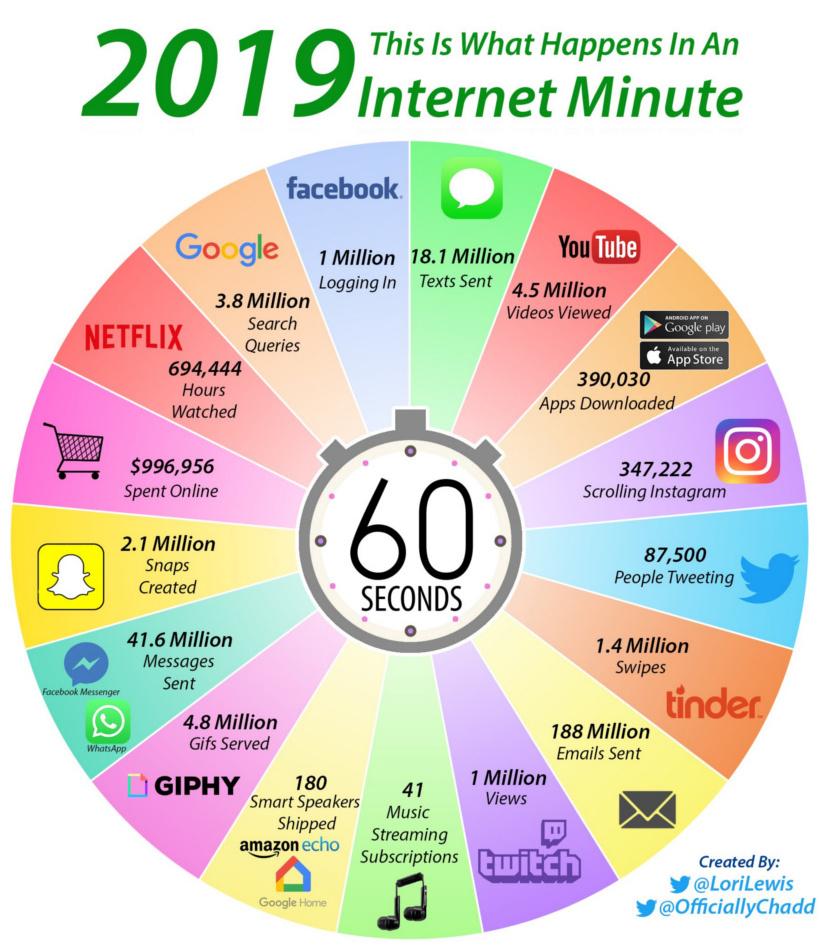
Another way to assure that you will not annoy your fans and followers is to post content that they actually want to read, watch, and see.
I promise that your nonprofit will NOT annoy and turn off your fans and followers IF:
You are posting things that your audience wants to see.
You post when you have something interesting and of value to share.
You are contributing to their lives.
You remember that all social media posts work best when they are timely and relevant.
If you are doing it right, you will not be irritating. You will be embraced, enjoyed, and celebrated by your online community.
Another important point that I need to make, especially in response to the proliferation of “this is how much to post on social” articles online, is that there is NO ONE SIZE FITS ALL IN SOCIAL MEDIA.
Sure, there are best practices (like this blog) and there is available data telling you what the average person does online, how much time they spend, and when they log on.
While there is no magic answer to this question of how much to post on social media, here are some guidelines based on best practices.
(Remember that you do not need to be on each of these channels—read this post to determine which platforms will work best to get your nonprofit closer to your goal.)
Facebook wants brand Pages to focus on engagement (likes, comments, shares, clicks, video views).
Every post that you share should be designed to get some kind of engagement, even if it’s just a simple like or reaction.
As a general rule, aim for three– four well-thought-out posts per week, each with a visual attached.
Facebook posts are about quality and not quantity.

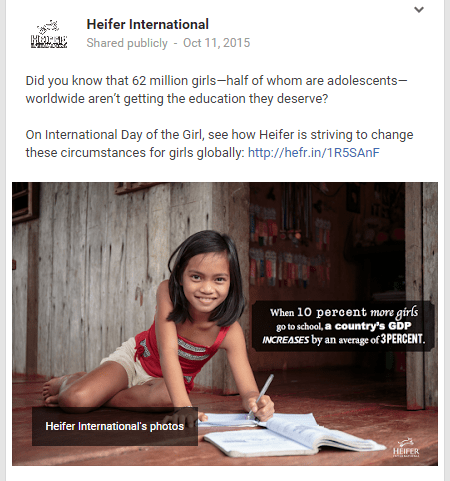
Twitter is all about real-time interaction.
There’s no limit to the number of tweets that you can and should post daily, provided that you are adding value and sharing helpful resources or interesting, timely information.
If Twitter is part of your digital marketing plan, aim for two–four tweets a day.
This can include retweets of other accounts.
If your nonprofit has time-sensitive news to share, you can schedule even more throughout the day using platforms like Hootsuite or Buffer.
At least a third of the tweets you share need to be tagging other accounts or replying to people and starting conversations.

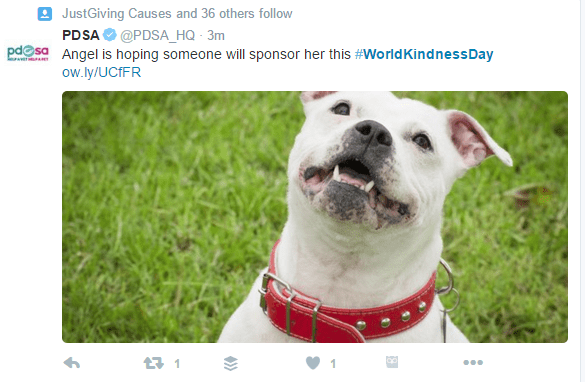
This platform requires eye-catching, colorful, aesthetically-interesting images or video.
If your nonprofit has access to great photos and visuals, or interesting ideas for video, then you should aim for two-three weekly posts on Instagram’s main news feed.
Consistency rules on Instagram—keep up the posting schedule that you know you can stick with, even if it’s just once per week.
Never throw up a low-quality image just to make sure that you filled your quota.

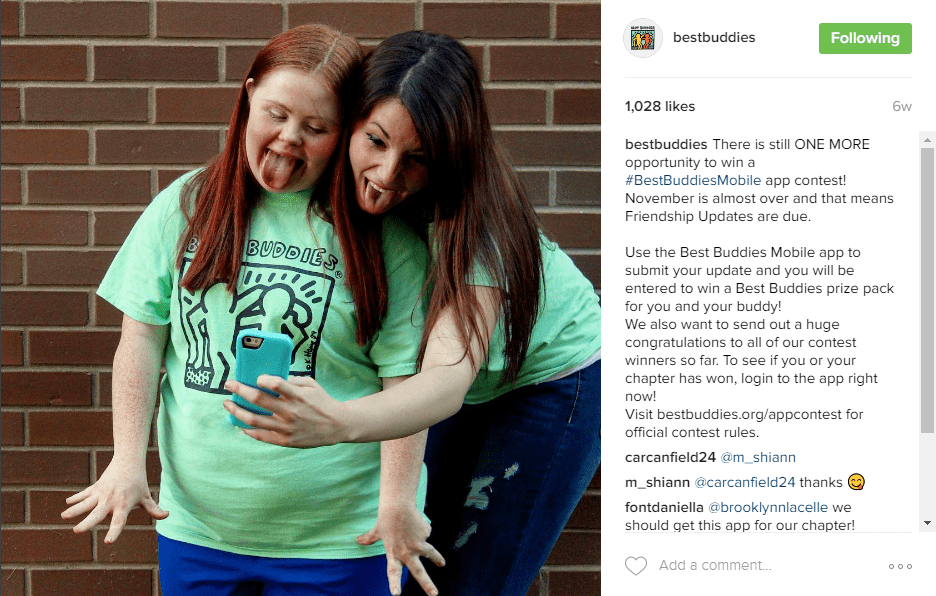
Instagram and Facebook Stories
Stories on Instagram and Facebook are poised to take over the regular news feeds of both sites in the next year, both in volume of posts and in popularity and engagement.
Instagram Stories alone are used by over 500 million people every day, with one-third of the most viewed Stories coming from businesses, brands, and nonprofits.
Instagram and Facebook Stories should be updated daily if you enjoy making them and if you have fun behind-the-scenes, entertaining, off-the-cuff content to share.
You can connect your nonprofit business account on Instagram with your nonprofit Facebook Page, and cross post Instagram Stories to your Facebook Stories feed for added exposure and visibility.
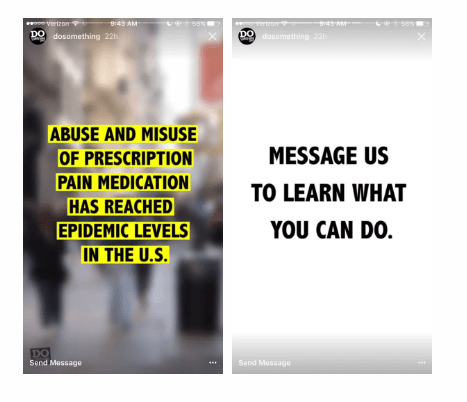
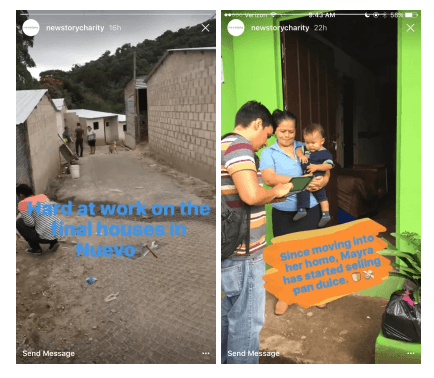
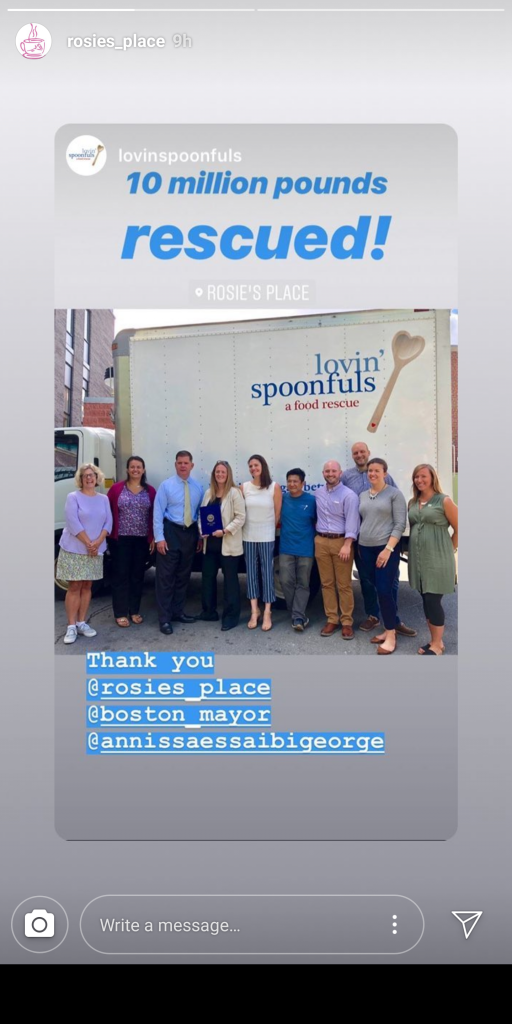
LinkedIn is a great platform to build your nonprofit’s professional network.
Users here do not share photos of their kids, pets, and meals (for the most part)—they share helpful articles, how to videos, and targeted content around their industry.
Post on LinkedIn, either from your personal profile or from your nonprofit’s Company Page, when you have an important announcement to share, relevant news, educational information or campaigns that are relevant to your audience.
Aim for between one–three posts per week.
For more detailed information on ways that nonprofits can leverage LinkedIn, check out my interview with LinkedIn Expert Angela Pitter.
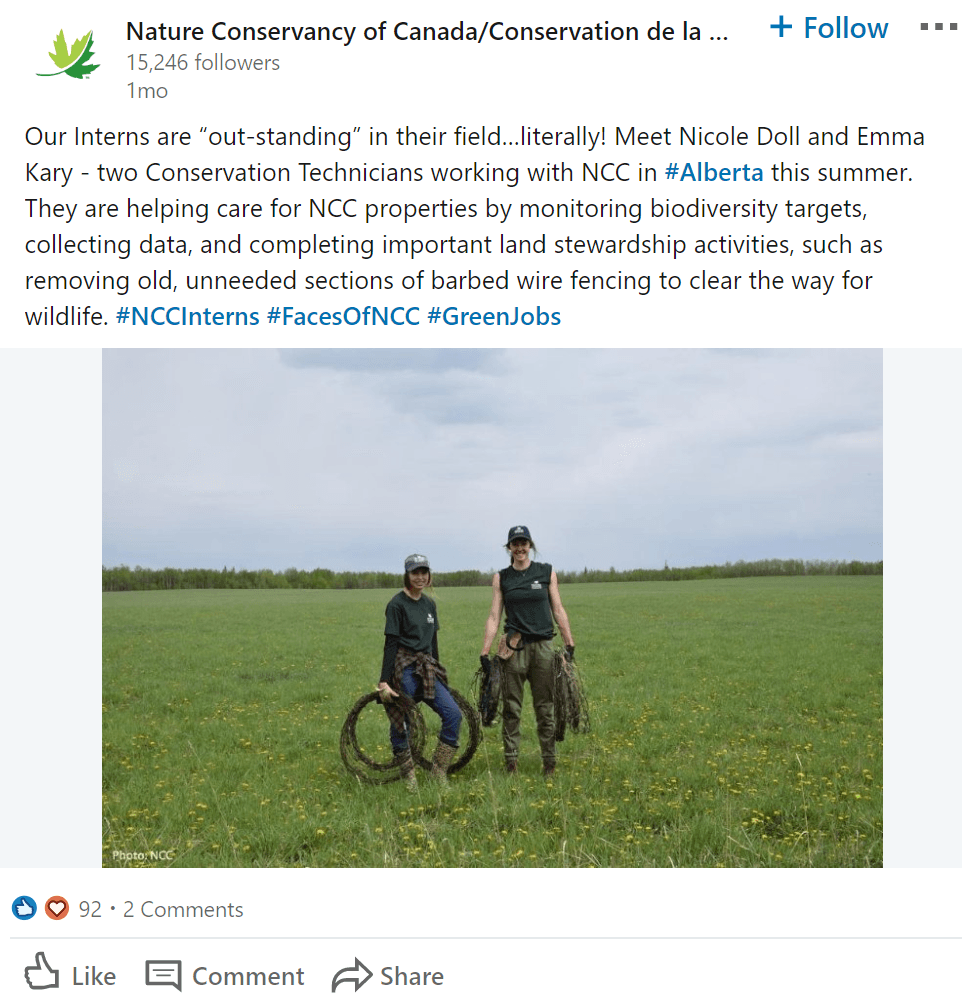

Rule of Thumb: A good way to find out your ideal posting frequency is to experiment with your weekly schedule.
If you start posting more frequently on a platform, but you don’t see an increase in engagement after several weeks, then this means that you should focus more on increasing the quality of the posts, rather than the quantity.
